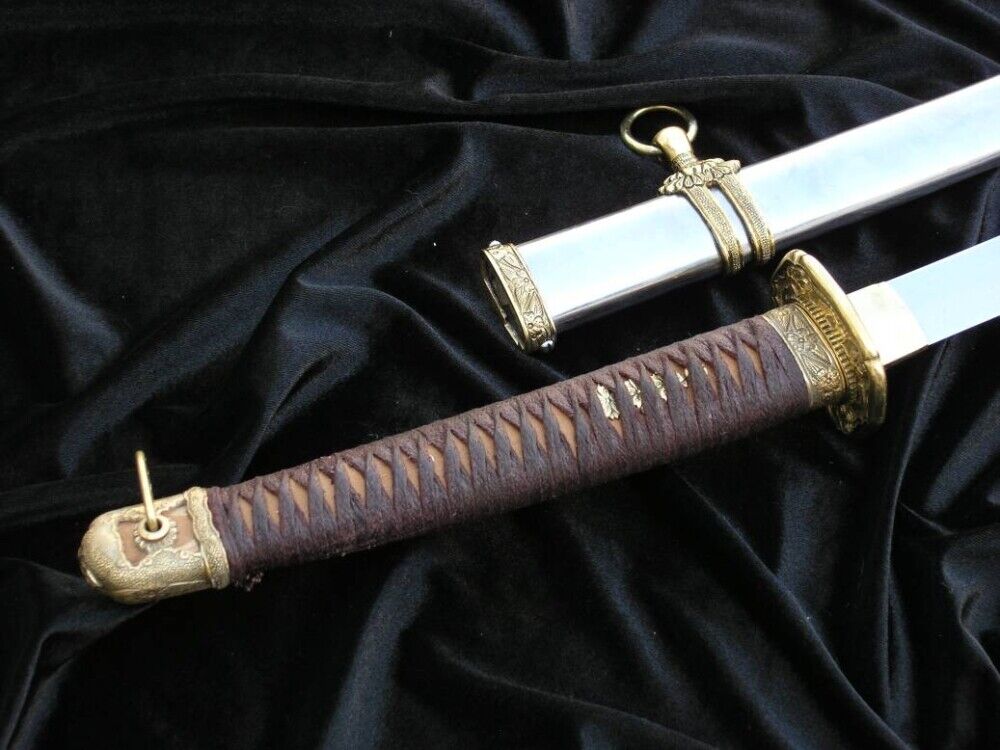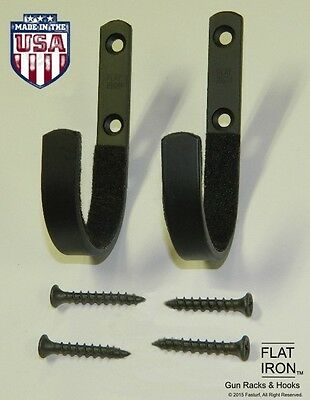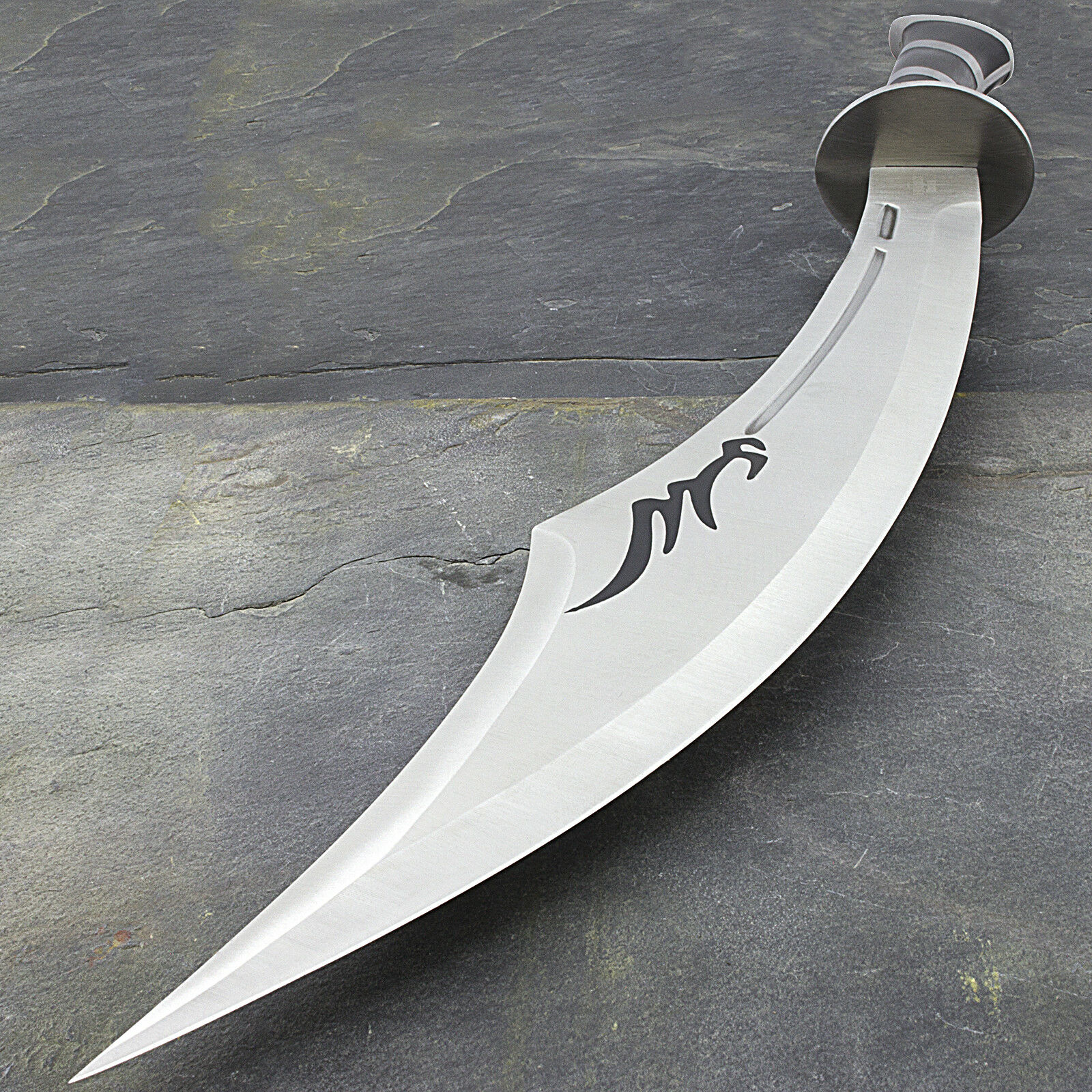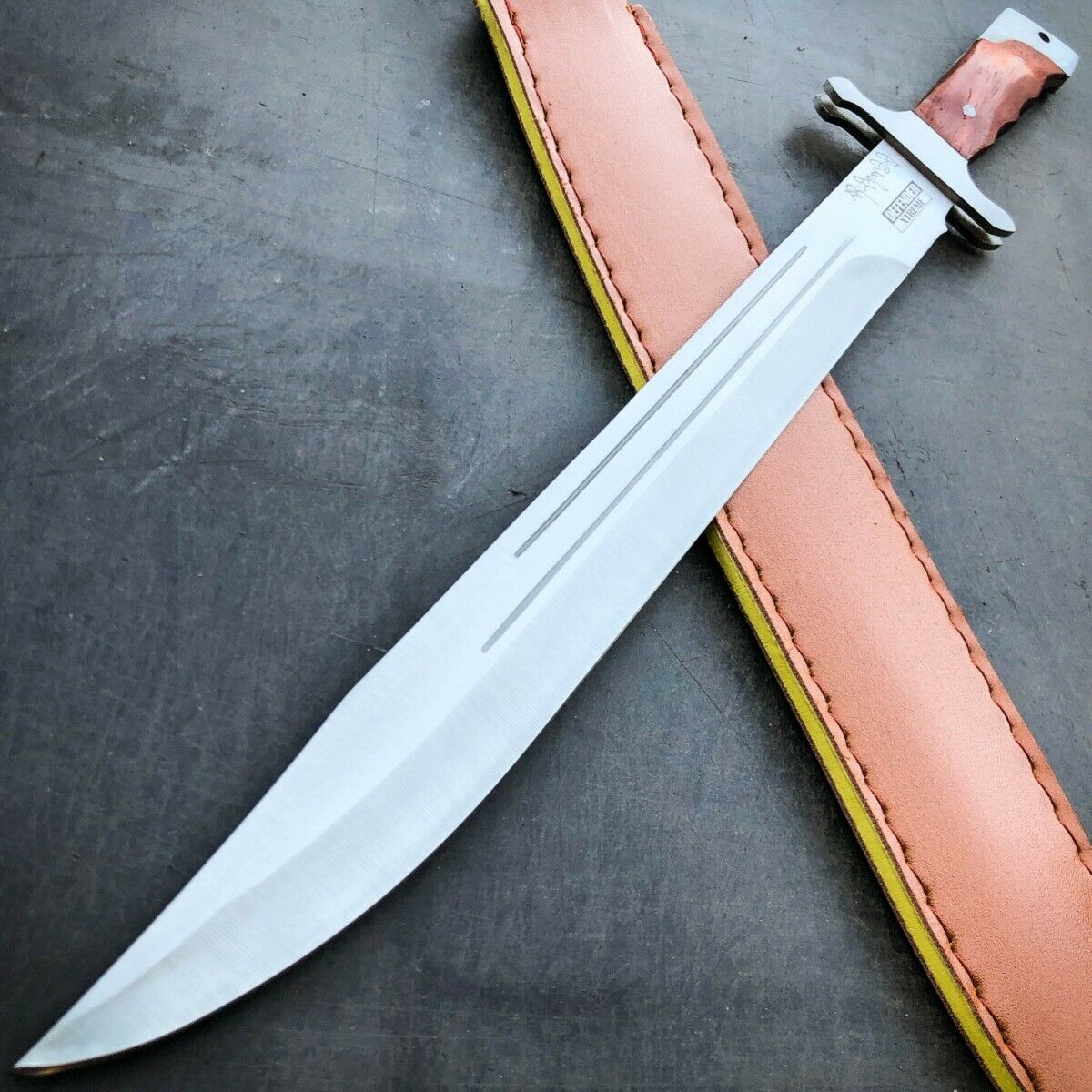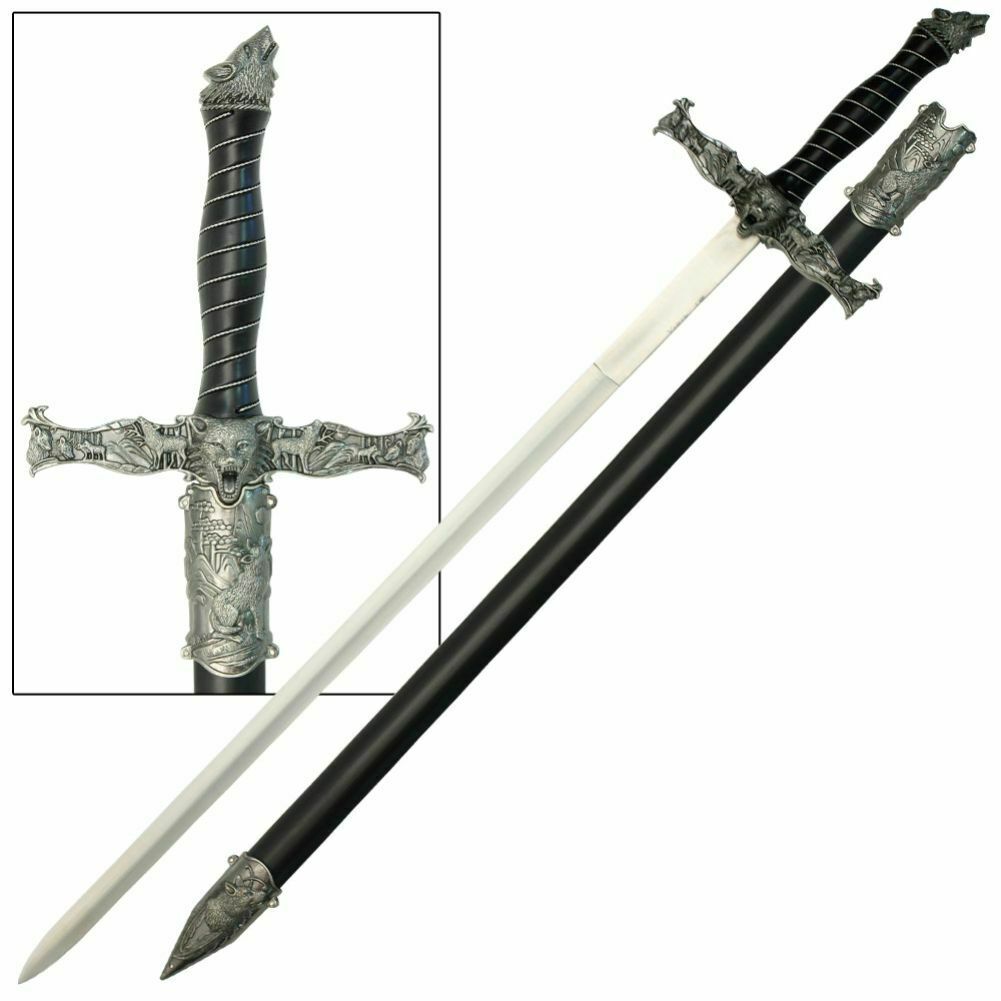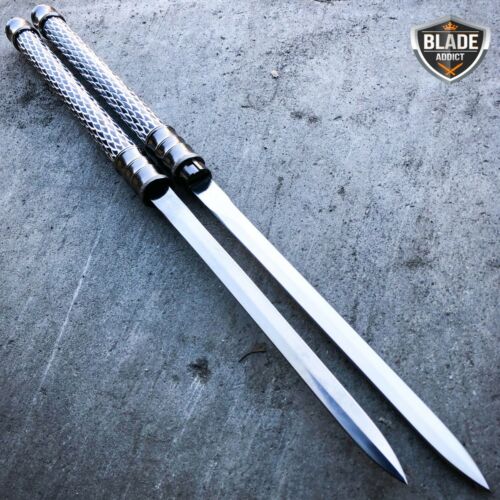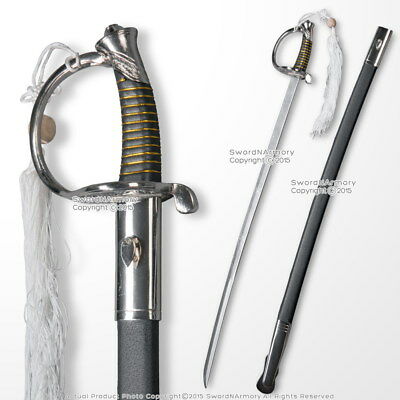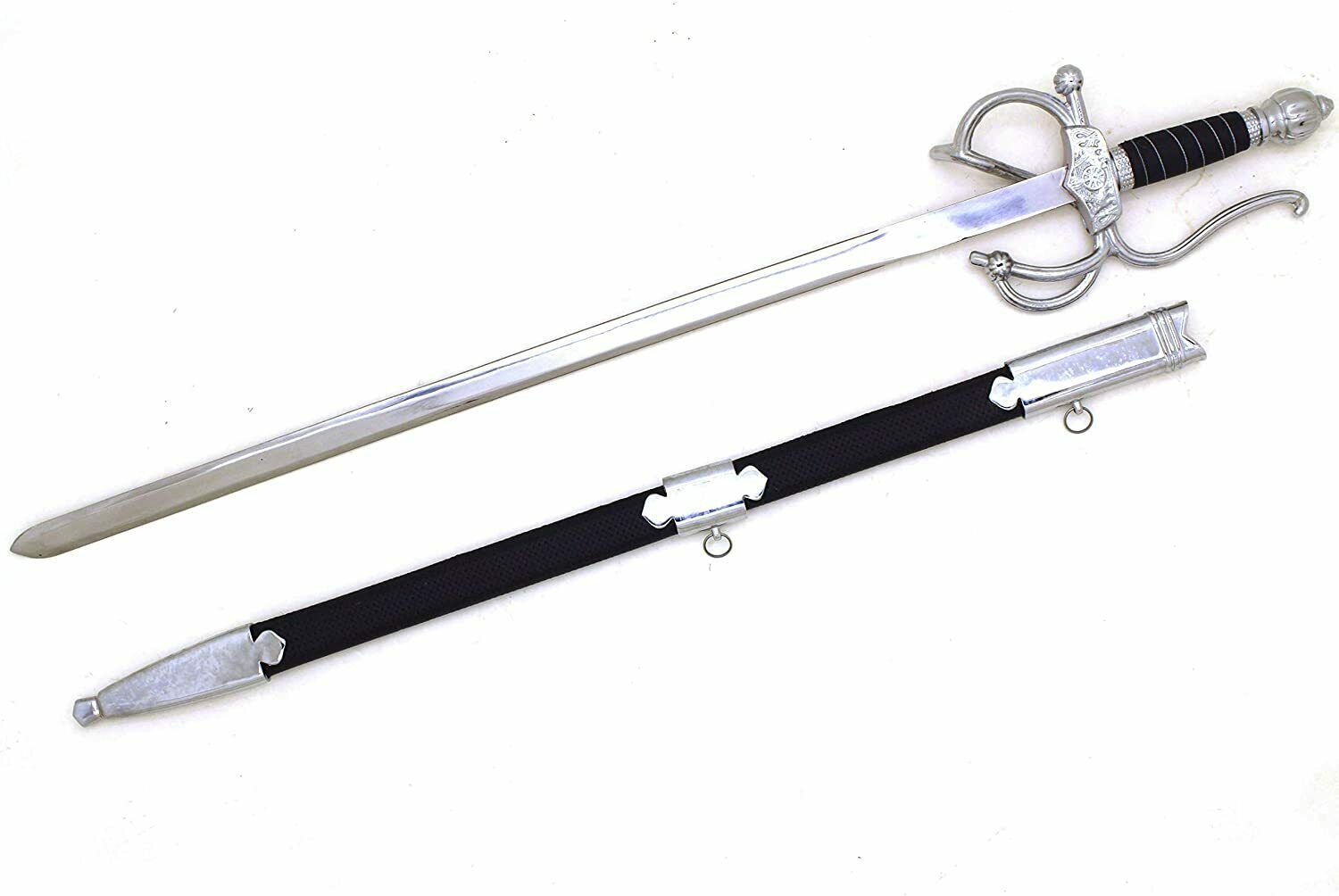-40%
JAPANESE OFFICER “SHIN-GUNTO” SWORD IUS-S-117 BATTLE READY FOR TRAINING
$ 158.4
- Description
- Size Guide
Description
Japanese Officer “Shin-Gunto” SwordItem History and Description (
I
US-S-117
) -
All Japanese officers in 20th century wartime Japan were required to wear a sword as a badge
of rank. Though traditional sword smiths made exquisite blades for the highest officers, there
was no way they could meet the massive demand required by the military. The gap was filled
with non-traditional smiths using non-traditional metals and techniques. Though inherently
inferior to traditional blades, these swords still carried the weighty symbolism of the Japanese
martial character.
These katana-like blades are called ‘’Shin Gunto’’ which means ‘’new military sword’’. They
existed alongside the older ‘’Kyu Gunto’’ sabres that were in emulation of western-style
swords. Though more traditional in appearance, the popularity of the Shin Gunto was a later
arrival and it greatly increased in popularity from the 1930’s through WWII as the Japanese
nationalism sought inspiration from their samurai past over a prior emphasis on foreign
inspiration.
In modern Japan, these mass-produced ‘’Showato’’ class swords are illegal to own as they are
not considered to be ‘’true’’ Japanese swords due to their wartime manufacturing shortcuts.
Though these mass-produced military ‘’Shin Gunto’’ swords substituted the complex Japanese
blade-making techniques for mass-manufactured steel, they were still lethally sharpened.
Specifications:
Total length: 100,84 cm
Blade length: 67,82 cm
Weight with scabbard: 1.600 kg
This recreation of a Shin Gunto is a finer example of the more elaborate Shin Gunto’s crafted,
for it has an actual Ito grip wrap of leather. Many of the Shin Gunto’s had a false Ito of painted
cast metal on the grip. This Shin Gunto has an unsharpened, tempered blade of high carbon
steel. It has a tsuba and pommel cap of brass. A single, thick copper seppa lies beneath the
brass habaki. The grip is wrapped with a light brown leather and overlaid with brown leather
tsuka-ito lacing.
The scabbard is of steel with brass accents and is lined on the interior with wood. It has a single
brass hanging ring. A simple locking mechanism on the sword and scabbard keep the sword
firmly kept in place until released by a button push.
